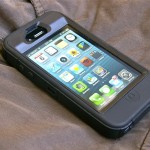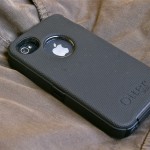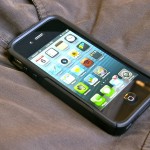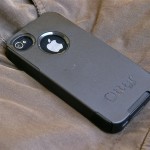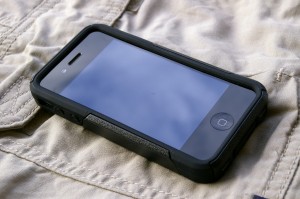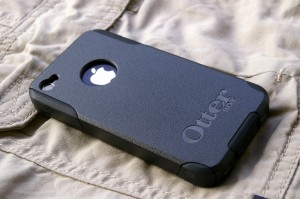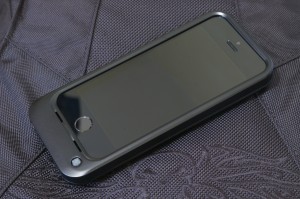 iPhones don’t exactly have the best battery life. With normal use, they last me about a day. But with heavy use, which is often, I’d be lucky if they last till the evening. So I considered either a battery case or a power bank to address this limitation. Once, I spotted a Mophie Juice Pack but due to budget considerations I didn’t get it. When I finally decided to, I couldn’t find one anymore. So I settled for a power bank which does work but can sometimes a bit unwieldy and often get left behind. Then last Friday, I was looking at OtterBox cases when I saw the Resurgence. Being an avid OtterBox fan, I immediately got it.
iPhones don’t exactly have the best battery life. With normal use, they last me about a day. But with heavy use, which is often, I’d be lucky if they last till the evening. So I considered either a battery case or a power bank to address this limitation. Once, I spotted a Mophie Juice Pack but due to budget considerations I didn’t get it. When I finally decided to, I couldn’t find one anymore. So I settled for a power bank which does work but can sometimes a bit unwieldy and often get left behind. Then last Friday, I was looking at OtterBox cases when I saw the Resurgence. Being an avid OtterBox fan, I immediately got it.
The Resurgence is composed of two pieces. The front piece covers the sides and wraps around the edges giving the screen a slightly raised protective bezel. This protects the screen from direct contact when the phone is face down. The buttons have touch-through covers that are easy to press. Unfortunately, they are a bit loose and rattle when your shake the case. There are ports for the speakers that channel sound to the front. Finally, there are cutouts for the silent switch and the charging button on the back piece. The silent switch is still easily accessible with a finger.
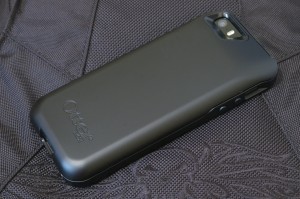 The back piece is a big chunk that holds the battery. There are cutouts for the camera, flash, and silent switch. At the bottom portion, it has an internal Lightning plug, a micro USB port, a through-port for headphones, and the charging button which also acts as a battery level and charging indicator. It is coated with a black smooth material which seems less rubbery and more durable than similar coatings.
The back piece is a big chunk that holds the battery. There are cutouts for the camera, flash, and silent switch. At the bottom portion, it has an internal Lightning plug, a micro USB port, a through-port for headphones, and the charging button which also acts as a battery level and charging indicator. It is coated with a black smooth material which seems less rubbery and more durable than similar coatings.
To install, you slide the phone inside the back piece and into the Lightning plug. Then you snap the front piece over the phone. The case comes with just a bit of charge from the factory so the first step is to charge using the included micro USB cable. Once charged, you press the charging button to see the battery level. There are four lights arranged around the button which shows the charge level in 25% increments. To charge, you press and hold the button for 3 seconds. To stop charging, you do the same thing.
The whole case fits the iPhone snugly and in fact it is very difficult to remove the phone. It looks quite rugged and could bounce off the floor. In fact, it is military-rated for drop protection (MIL STD 810G-516.6; Do note the Applicability to “ruggedized” consumer products section). So for a rugged battery case, I think it’s pretty good. I like it better than the Mophie Juice Pack though I’m not sure if it’s as rugged as the Mophie Juice Pack Pro.
Now for the bad stuff. The battery, although advertised to give you 2x (as in phone lasts twice as long), so far only get me (starting from below than 10%) to just around 70-80%. Quite frankly, that sucks. I’m hoping a few cycles will result in improvements. Another problem is that the charging button seems to be prone to cracking. Finally, there are quite a few molding imperfections on the casing. They’re small but they’re there. All these is unfortunate as OtterBox has, in the past, been known for quality. It seems the stiff competition is forcing it to cut corners. That’s bad news for both OtterBox and us.
Rating: 3/5


